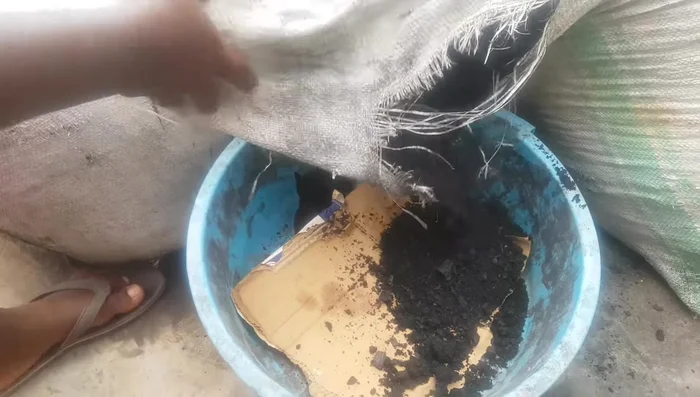Charcoal briquettes, a staple for backyard barbecues and outdoor cooking, come in a wide range of prices. Understanding the factors that influence cost is crucial for both consumers seeking affordable options and producers aiming for efficient production. One key element contributing to the final price is the binder used to hold the charcoal dust together, and among these, ash-based binders represent a potentially significant cost reduction strategy. The efficacy and environmental impact of these binders are increasingly relevant concerns in a world focused on sustainability and cost-effectiveness.
This article will delve into the specifics of utilizing ash as a binding agent in the production of cheap charcoal briquettes, exploring the process in detail and highlighting the crucial steps for achieving a high-quality, durable product. To learn the step-by-step process of creating charcoal briquettes using this cost-effective method, continue reading below.
Preparation and Safety Guidelines
- Sieve
- Container for mixing
- Water
- Charcoal dust
- Ash from firewood
- Always ensure adequate ventilation when making and using charcoal briquettes. Inhalation of dust and fumes can be harmful.
- Use appropriate safety gear, including gloves and eye protection, when handling materials like ash and binding agents. Some agents can be irritating or harmful to skin and eyes.
- Store finished briquettes in a dry, well-ventilated area away from flammable materials. Improper storage can lead to spontaneous combustion.
Step-by-Step Instructions
Gather and Prepare Materials
- Charcoal dust, ash from firewood.
- Sieve the charcoal dust to remove large particles.
- Sieve the ash to remove large particles.



Gather and Prepare Materials Create Binding Agent and Mix
- Mix the ash with water to create a watery paste (binding agent).
- Add the sifted charcoal dust to the ash paste and mix thoroughly until a stiff, moldable consistency is achieved.


Create Binding Agent and Mix Mold and Dry Briquettes
- Mold the mixture into briquette shapes.
- Let the briquettes dry for several days (3-4 days mentioned).


Mold and Dry Briquettes
Read more: Lump Charcoal vs. Briquettes: The Ultimate BBQ Fuel Showdown
Tips
- Wetting the charcoal dust beforehand prevents dust.
- Using fine charcoal dust particles results in briquettes that burn longer and better.
- The amount of water used in the ash paste should create a watery, but moldable consistency. Adjust as needed by eye.







